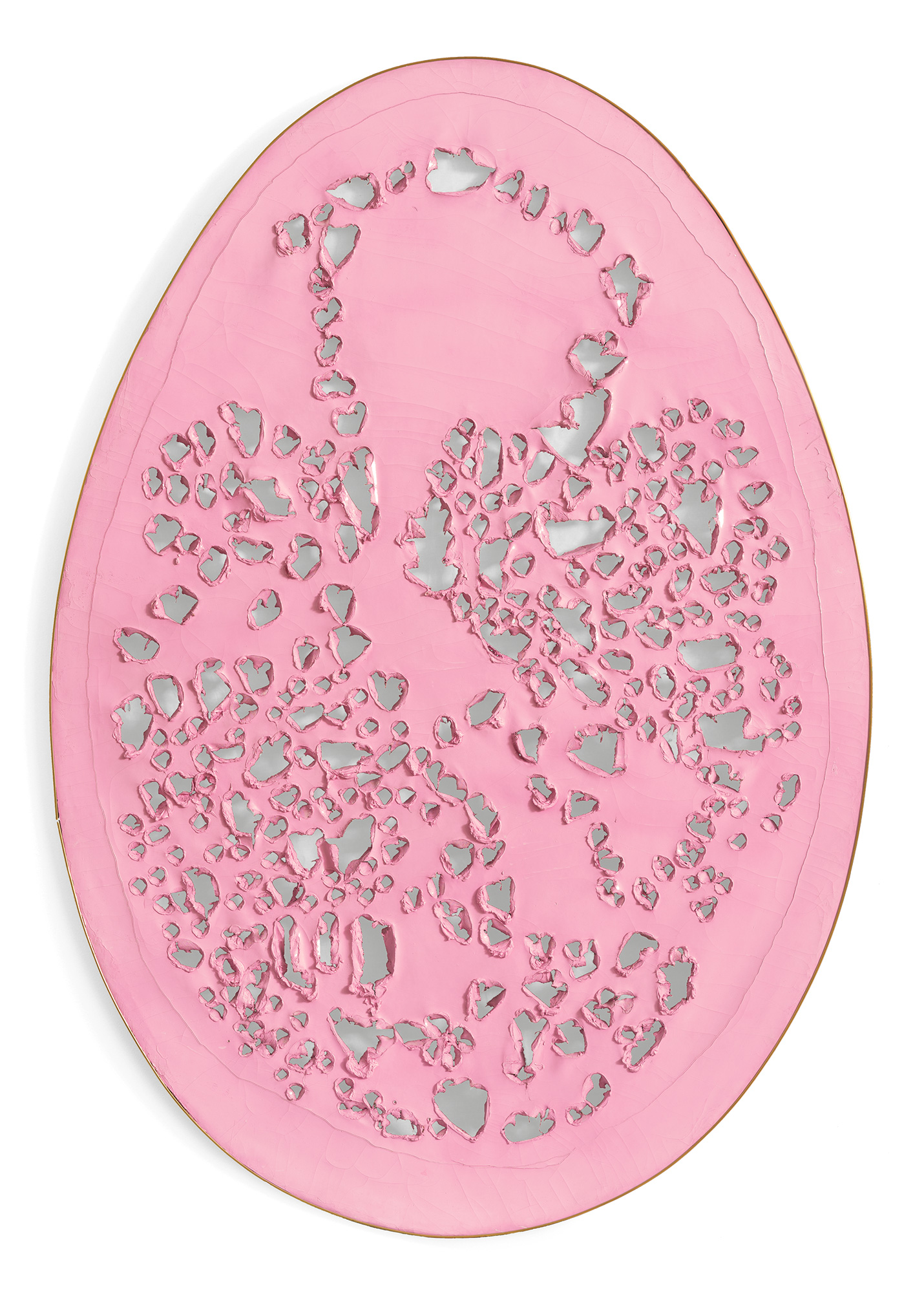SPATIAL CONCEPT: CUTS AND HOLES
Fontana created his most iconic artworks under the spell of the Cold War era—a time marked by pervasive nuclear threat and international research into space race. Under the title Spatial Concept, his first series of perforated paintings were conceived as screens for the transmission and filtering of electric light. Adopting the stretched canvas as a support of choice, Fontana set out to radically transform the entire Western tradition of easel painting. While the holes or buchi evolved into sensual slashes, Fontana adopted the void, infinite openness, as the absolute center of his practice. Performed in 1958, Fontana’s first cut (taglio) defined his signature gesture. The artist applied paint to the whole canvas, made a cut with a sharp knife, and then modeled the opening directly with his hands, adhering in some cases a piece of black gauze on the reverse. Over time, the slashes became straighter and more calculated. To signify the lengthy process of preparation, anticipation, and the momentous irruption of the cut, Fontana referred to many of these paintings as attese, “expectations.” Meanwhile, also since the late 1950s, Fontana started exploring the possibilities of irregularly-shaped canvases, as exemplified in his polyhedral The Quanta series. His use of unorthodox supports culminated with the End of God (Fine di Dio), a series of “astral eggs” painted in bright synthetic colors, whose perforated surfaces evoke the origin of cosmos and the human feeling of awe at the contemplation of infinite space.


